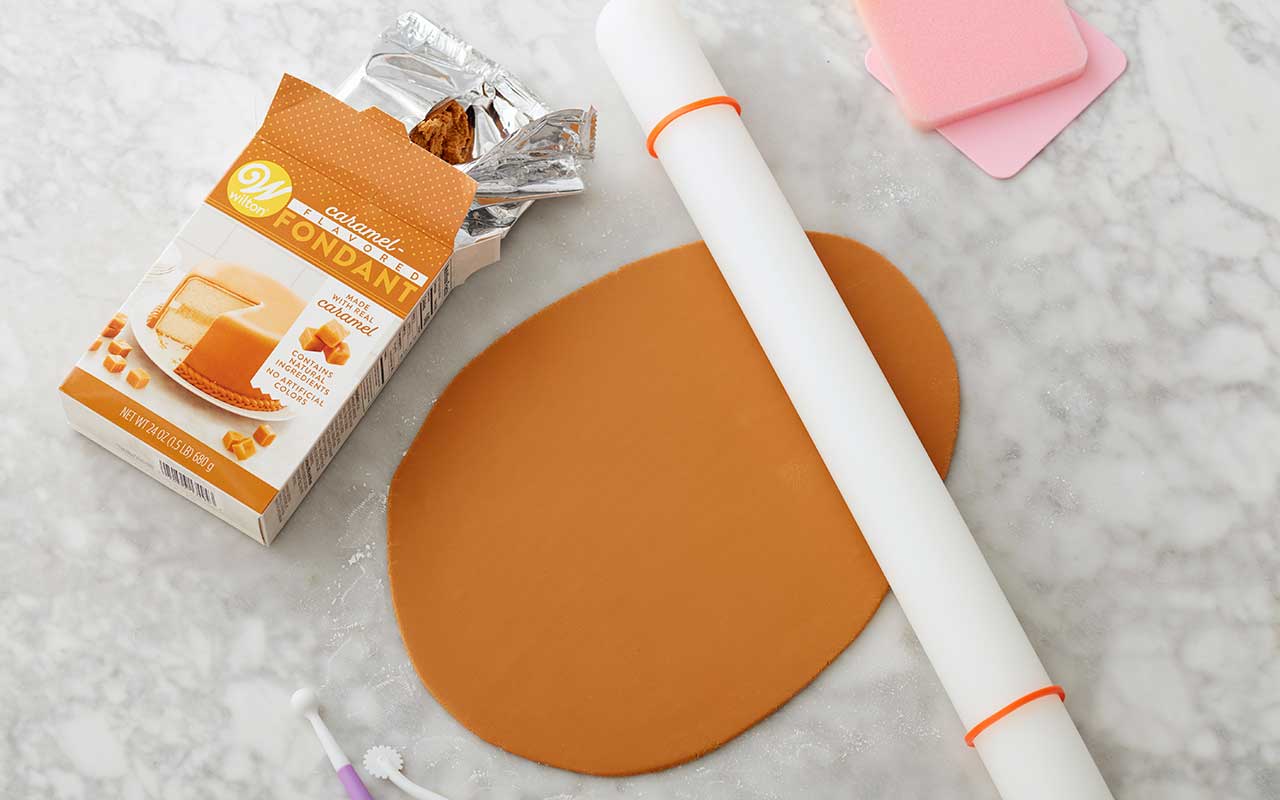

Articles
How To Store Fondant
Modified: January 6, 2024
Learn the best practices for storing fondant with our helpful articles. Keep your fondant fresh and ready to use for your next cake decorating project.
(Many of the links in this article redirect to a specific reviewed product. Your purchase of these products through affiliate links helps to generate commission for Storables.com, at no extra cost. Learn more)
Introduction
Fondant is a versatile and popular ingredient used in various cake decorating techniques. Made from sugar, water, and sometimes other ingredients like gelatin or glucose syrup, fondant can be molded into intricate shapes and designs, giving cakes a smooth and polished appearance. However, to ensure the quality and usability of fondant, proper storage is crucial.
In this article, we will explore the importance of storing fondant correctly and provide you with practical tips and guidelines on how to store fondant to maintain its freshness and flexibility for future use. Whether you are a baking enthusiast or a professional cake decorator, understanding proper fondant storage will help preserve the quality of your creations and save you time and money.
Key Takeaways:
- Proper storage of fondant is crucial for maintaining its freshness, texture, and usability. Choosing the right container, preparing it properly, and following storage guidelines can ensure that your fondant remains pliable and ready for your next cake decorating project.
- Whether stored at room temperature, in the refrigerator, or freezer, fondant can be preserved for varying lengths of time. By adhering to proper storage techniques and implementing tips for extending shelf life, you can ensure that your fondant remains fresh and ready for future use.
Read more: How To Store Cake With Fondant
Importance of Proper Fondant Storage
Proper fondant storage is essential for maintaining the quality and usability of this delicate cake decorating medium. Here are a few reasons why it is crucial to store fondant correctly:
- Preserving Freshness: Fondant can dry out quickly when exposed to air, causing it to become hard and unusable. By storing fondant properly, you can prolong its freshness and keep it pliable for longer periods, ensuring that it is ready to use whenever you need it.
- Preventing Contamination: Fondant is susceptible to picking up odors and flavors from its environment. If not stored properly, it can absorb surrounding smells and tastes, affecting the overall taste and quality of your finished cakes. Proper storage helps prevent contamination and maintains the integrity of the fondant’s flavor.
- Protecting Texture: Fondant relies on its soft and smooth texture for easy manipulation and application. Incorrect storage can lead to the fondant becoming stiff, making it difficult to roll out, shape, and cover cakes. Taking proper storage measures protects the texture and ensures that the fondant remains pliable and easy to work with.
By understanding the importance of proper fondant storage, you can keep your fondant in optimal condition, ready to create stunning cakes and decorations without any hiccups.
Choosing the Right Container
When it comes to storing fondant, selecting the right container is essential for maintaining its freshness and texture. Here are some factors to consider when choosing a container:
- Airtightness: Opt for a container that is airtight to prevent air from entering and drying out the fondant. This will help maintain its softness and pliability.
- Size: Choose a container that is large enough to hold your fondant without squishing or folding it. It should have enough room for the fondant to be stored flat or rolled into a compact shape.
- Material: It is ideal to use food-safe containers made of plastic or glass. Ensure that the container is clean, free from any lingering odors or residues that could affect the fondant’s flavor.
- Transparency: Opt for a transparent container or one with a clear lid. This allows you to easily identify the contents without having to open the container, minimizing unnecessary exposure to air.
Consider investing in specialized fondant storage containers that are designed to preserve the texture and freshness of fondant. These containers often have airtight seals and come in ideal sizes for storing rolled fondant or fondant decorations.
If you don’t have access to specialized containers, you can use airtight plastic bags or wrap the fondant tightly in plastic wrap before placing it in a sealable container. Just make sure to remove as much air as possible before sealing the bag or container.
By choosing the right container, you can safeguard your fondant’s texture and keep it in optimal condition for future cake decorating projects.
Preparing Fondant for Storage
Before storing fondant, it’s important to prepare it properly to ensure maximum freshness and longevity. Here are some steps to follow when preparing fondant for storage:
- Knead and Soften: If your fondant has been stored for a while and has become stiff, knead it gently to soften it. This will help restore its flexibility and make it easier to work with.
- Dust with Cornstarch or Icing Sugar: Sprinkle a small amount of cornstarch or icing sugar on your work surface to prevent the fondant from sticking. Roll the fondant into a smooth ball, then lightly dust it with cornstarch or icing sugar to prevent sticking during storage.
- Wrap Properly: Take the prepared fondant and wrap it tightly in plastic wrap or place it in an airtight container. Ensure that there are no gaps or openings that can let air inside. This will help maintain the fondant’s moisture and prevent it from drying out.
- Label and Date: Use a marker or a label to mark the date of storage on the container or wrap. This will help you keep track of the fondant’s freshness and ensure that you use it within the recommended timeframe.
By following these steps, you can prepare your fondant for storage properly, ensuring that it remains fresh, pliable, and ready to use for your future cake decorating projects.
Storing Fondant at Room Temperature
Storing fondant at room temperature is a common method used by many cake decorators. When stored correctly, fondant can stay fresh and flexible for several weeks. Follow these guidelines for storing fondant at room temperature:
- Airtight Container: Place the prepared fondant in an airtight container. Make sure the container is clean, dry, and free from any odors that could transfer to the fondant.
- Cool, Dark Place: Store the fondant in a cool, dry area away from direct sunlight, heat sources, and moisture. Excessive heat can cause the fondant to melt, while moisture can make it sticky and difficult to work with.
- Avoid Refrigeration: Unlike some other cake decorating materials, fondant does not need to be refrigerated for storage at room temperature. Refrigeration can cause condensation, leading to a tacky texture and potential color bleeding.
- Regular Check-ins: Periodically check the fondant for any signs of drying out or changes in texture. If you notice any issues, lightly knead the fondant to restore its moisture and pliability.
It’s important to note that the exact shelf life of fondant stored at room temperature can vary depending on the climate and humidity levels in your area. Be mindful of any changes in temperature and adjust your storage accordingly.
By following these guidelines, you can successfully store fondant at room temperature, ensuring its freshness and ease of use for your upcoming cake decorating projects.
Store fondant in an airtight container at room temperature, away from direct sunlight and moisture. If it becomes too hard, microwave it for a few seconds to soften.
Read more: How To Store Leftover Fondant
Storing Fondant in the Refrigerator
Storing fondant in the refrigerator is an alternative method that can help extend its shelf life. However, it’s important to follow proper procedures to ensure that the fondant remains in good condition. Here’s how to store fondant in the refrigerator:
- Wrap and Seal: Wrap the prepared fondant tightly in plastic wrap to prevent it from drying out. Make sure to cover it completely, leaving no exposed areas.
- Airtight Container: Place the wrapped fondant in an airtight container to provide an extra layer of protection and prevent it from absorbing any odors or flavors from the refrigerator.
- Temperature Adjustment: Set your refrigerator to a slightly higher temperature, ideally between 40°F (4°C) and 50°F (10°C). This will help maintain the fondant’s consistency and prevent it from getting too cold and hard.
- Safe Storage Zone: Store the fondant in a dedicated space in your refrigerator, away from strong-smelling foods or items that might transfer flavors. Ensure that it is not placed near the freezer compartment, as extreme cold temperatures can be detrimental to fondant.
- Monitor and Rotate: Regularly check on the fondant to ensure its condition. If you notice any signs of condensation or changes in texture, allow it to come to room temperature before using it to prevent any issues with consistency.
It’s important to note that storing fondant in the refrigerator can cause it to harden slightly, making it stiffer and less elastic. To bring the fondant back to a workable state, allow it to come to room temperature and knead it gently before use.
By following these guidelines, you can successfully store fondant in the refrigerator and extend its usability while maintaining its quality.
Storing Fondant in the Freezer
When you need to store fondant for an extended period, such as when you have excess fondant or want to prepare in advance, the freezer can be a great option. Freezing fondant can help preserve its freshness and texture for several months. Here’s how to store fondant in the freezer:
- Prepare for Freezing: Begin by kneading and softening the fondant. Divide it into small portions that can be easily handled and used later. This will help prevent the need to thaw the entire batch when you only require a smaller amount.
- Wrap and Seal: Wrap each portion of fondant tightly in plastic wrap, ensuring that it is completely sealed and there are no exposed areas. Consider double-wrapping it with an additional layer of aluminum foil or placing it in a freezer-safe resealable plastic bag for added protection.
- Label and Date: Use a permanent marker to label each wrapped portion of fondant with the date it was frozen. This will help you keep track of its freshness and ensure that you use it within a reasonable timeframe.
- Freeze Properly: Place the wrapped fondant portions in a single layer in the freezer, making sure they are not squished or stacked on top of each other. Keeping them separate and well-spaced prevents any deformation or sticking during freezing.
- Safe Storage Zone: Store the fondant in the coldest part of your freezer to maintain its quality. Avoid storing it near items with strong odors, as fondant can absorb these odors easily.
When you’re ready to use the frozen fondant, remove it from the freezer and allow it to thaw in the refrigerator for a few hours or overnight. Once thawed, bring it to room temperature and knead it gently to restore its pliability before use.
By following these steps, you can successfully store fondant in the freezer and ensure its long-term usability for your future cake decorating projects.
Tips for Extending Fondant Shelf Life
Proper storage is key to extending the shelf life of fondant and ensuring its freshness and usability. Here are some additional tips to help you maximize the lifespan of your fondant:
- Keep Fondant Sealed: Whenever you are not using fondant, whether during a cake decorating session or after an event, make sure to wrap it tightly in plastic wrap or store it in an airtight container. This prevents air exposure and helps to maintain its moisture content.
- Avoid Direct Sunlight: Fondant is susceptible to heat, which can cause melting and loss of shape. Keep fondant away from direct sunlight and store it in a cool, dark place to maintain its texture and consistency.
- Use Fresh Ingredients: The quality of your fondant can profoundly impact its shelf life. Use fresh ingredients, such as sugar and gelatin, to make your fondant. Using expired or low-quality ingredients may result in a shorter shelf life for your fondant.
- Prevent Cross Contamination: When working with different fondant colors, use separate tools and equipment to avoid cross-contamination. This prevents the transfer of colors and flavors, preserving the quality of each batch of fondant.
- Adhere to Expiration Dates: Fondant, like many food items, has an expiration date. Be sure to check the packaging for any guidelines on how long the fondant can be stored before it starts to degrade in quality. Use it by the recommended date for optimal results.
- Store in Ideal Conditions: Even if you follow the proper storage techniques, extreme temperatures and humidity can still affect the quality of your fondant. Aim to store it in a controlled environment, avoiding areas that are too hot, too cold, or too humid.
By implementing these tips, you can significantly extend the shelf life of your fondant and ensure that it stays fresh and usable for your next cake decorating endeavors.
Conclusion
Proper storage of fondant is essential for maintaining its freshness, texture, and overall quality. Whether you are a baking enthusiast or a professional cake decorator, understanding how to store fondant correctly will ensure that it remains pliable and ready to use for your next cake decorating project.
By choosing the right container, such as an airtight plastic or glass container, and preparing the fondant properly by kneading and wrapping it tightly, you can protect it from air exposure and maintain its moisture content. Storing fondant at room temperature, in a cool and dark place, can keep it fresh for several weeks.
If you need to store fondant for a longer period, the refrigerator can be a suitable option. Just make sure to wrap it tightly in plastic wrap and place it in an airtight container to avoid any absorption of odors or flavors. Freezing fondant is another viable option for extended storage, ensuring that it remains fresh for several months. Remember to label and date each portion and thaw it gradually in the refrigerator before use.
In addition to proper storage techniques, there are several tips you can follow to extend the shelf life of fondant. Keep fondant sealed, avoid direct sunlight, use fresh ingredients, prevent cross-contamination, adhere to expiration dates, and store fondant in ideal conditions.
By incorporating these storage practices and tips into your cake decorating routine, you can ensure the longevity and usability of your fondant, allowing you to create beautiful and intricate cake designs with ease.
So, take the necessary steps to store fondant correctly and enjoy the convenience of having fresh, pliable fondant at your fingertips whenever you need it. Your future cake creations will thank you!
Frequently Asked Questions about How To Store Fondant
Was this page helpful?
At Storables.com, we guarantee accurate and reliable information. Our content, validated by Expert Board Contributors, is crafted following stringent Editorial Policies. We're committed to providing you with well-researched, expert-backed insights for all your informational needs.


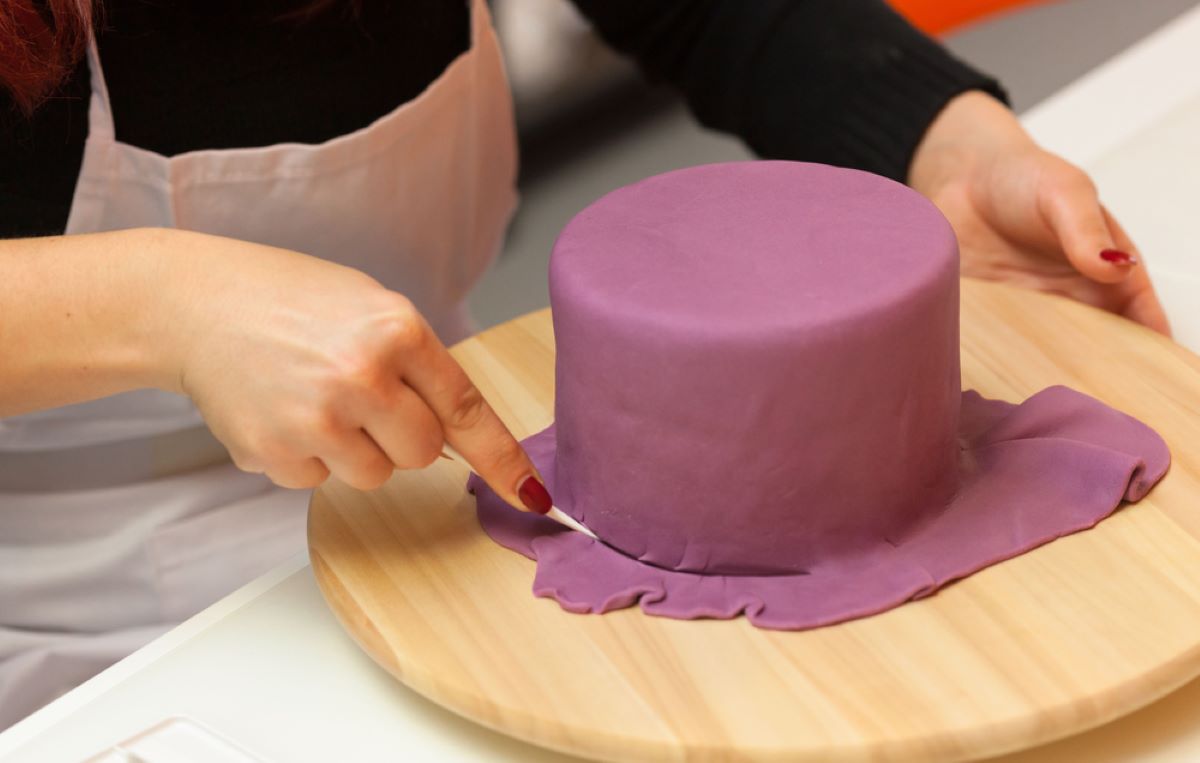
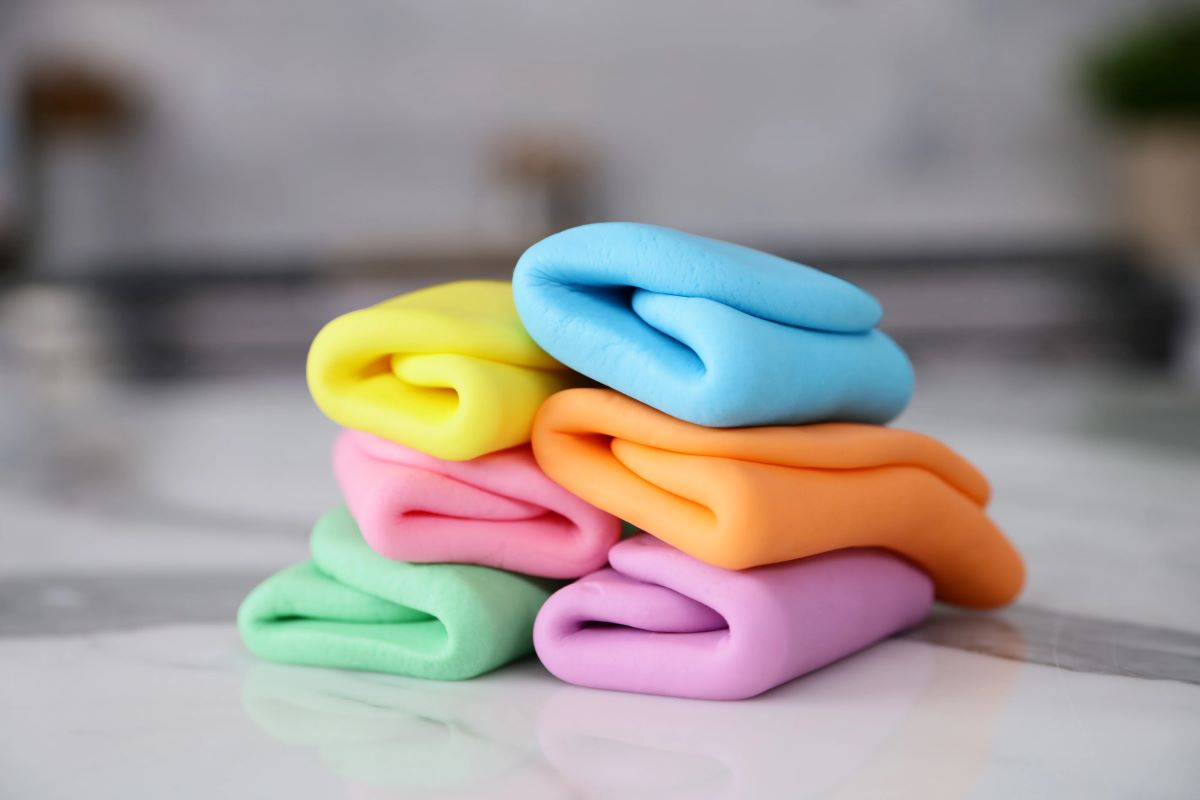
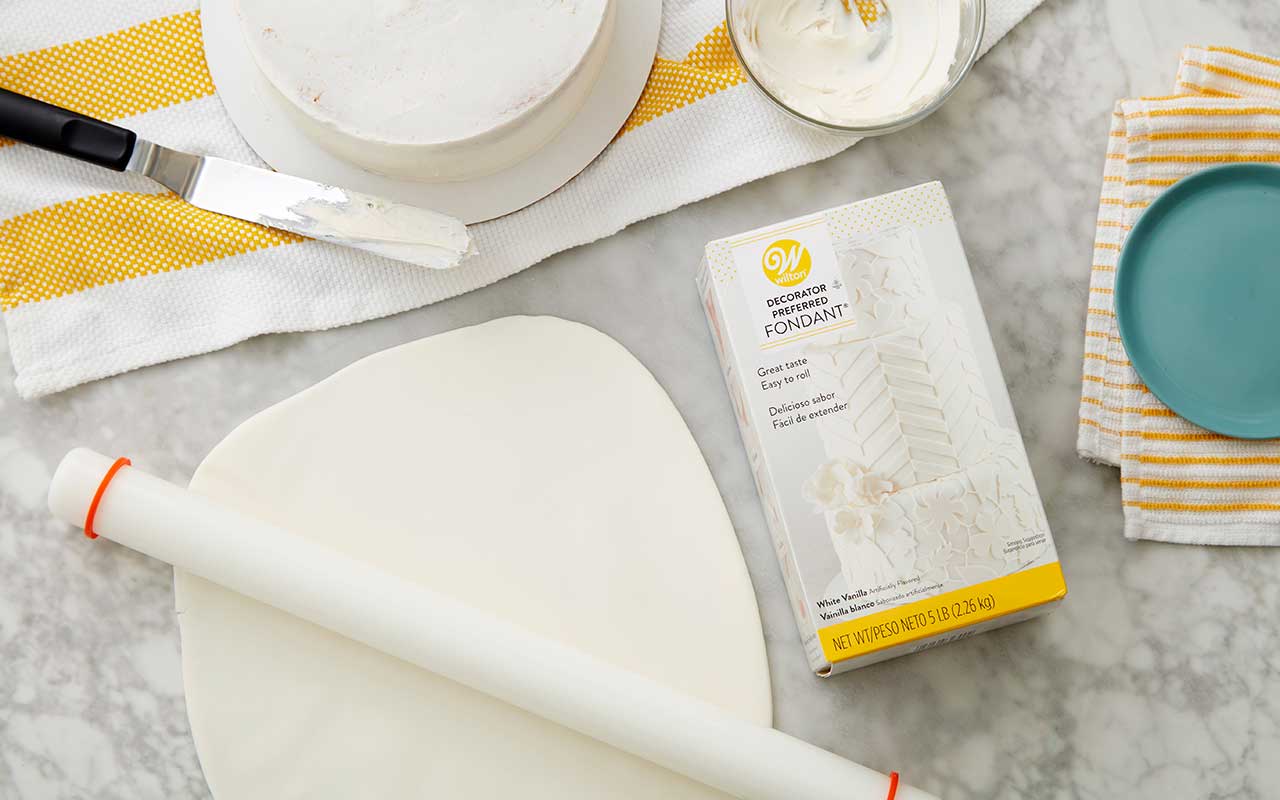
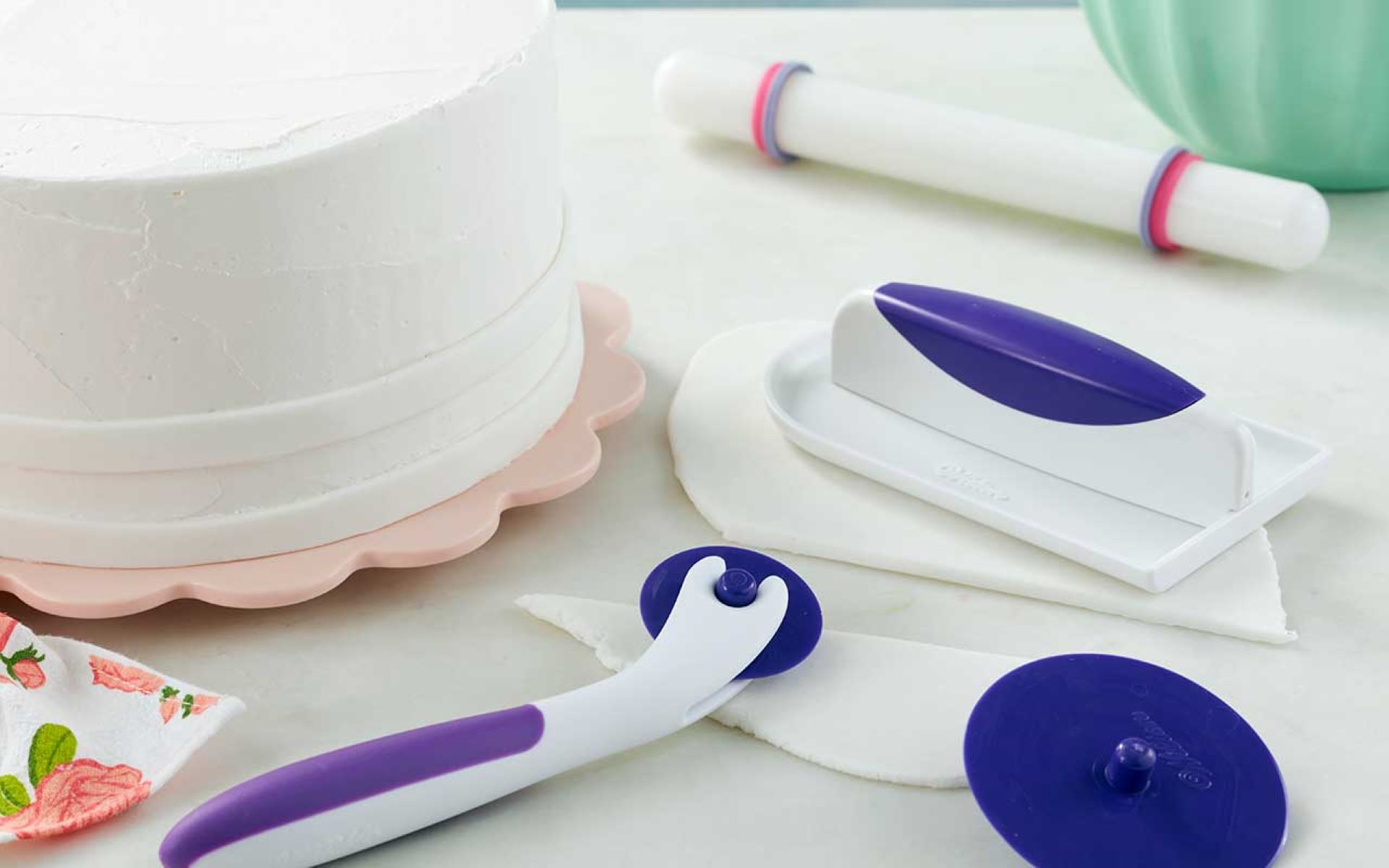
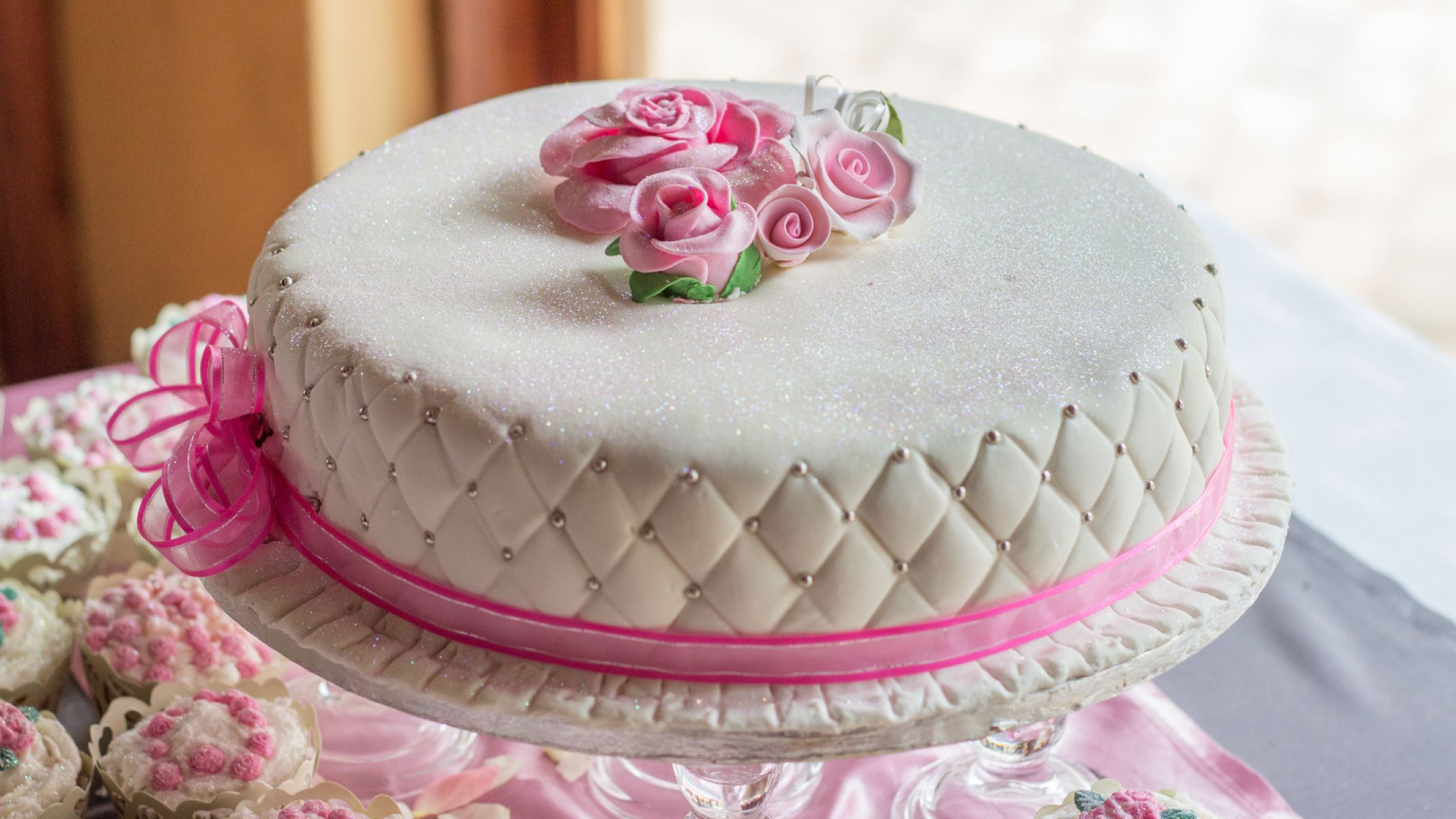
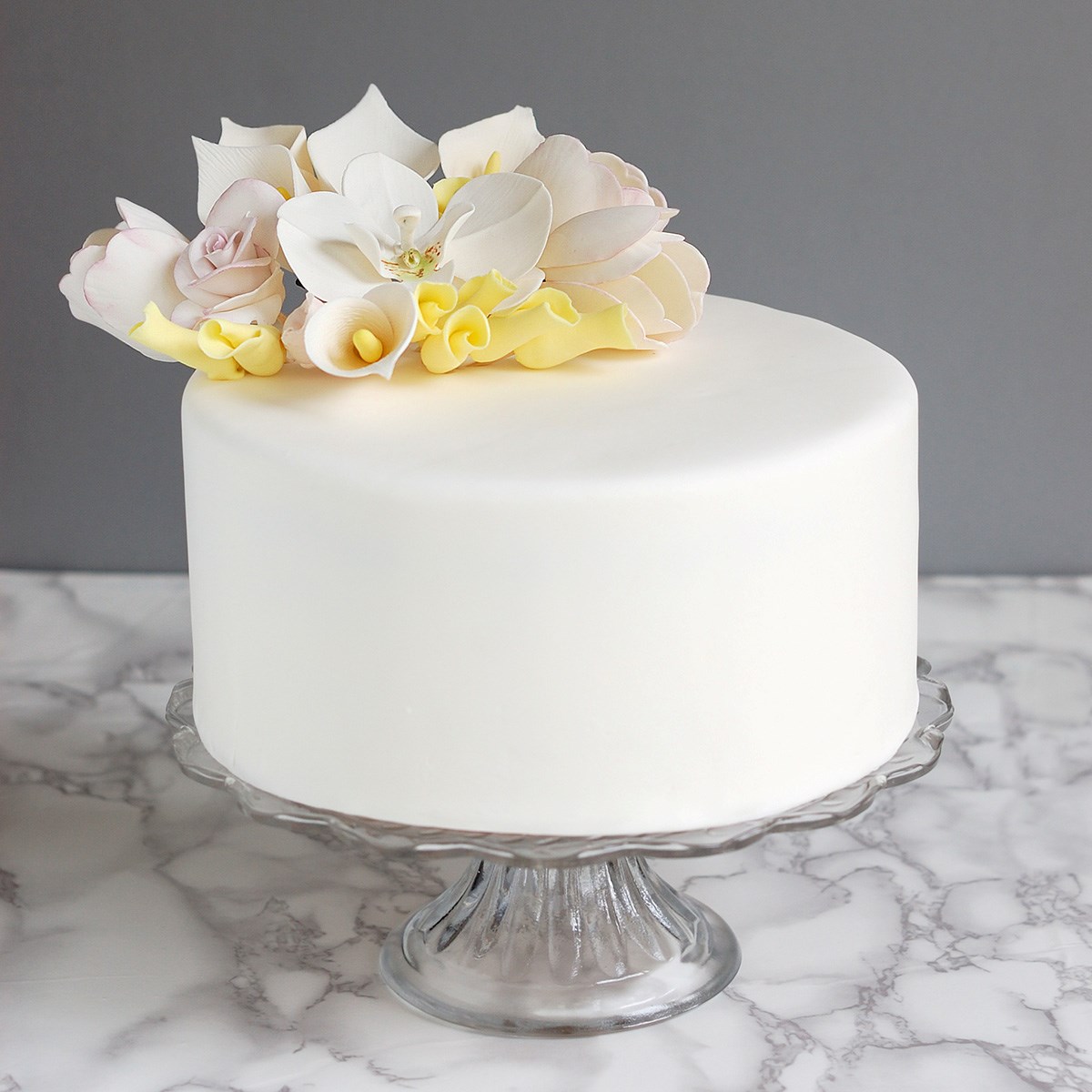
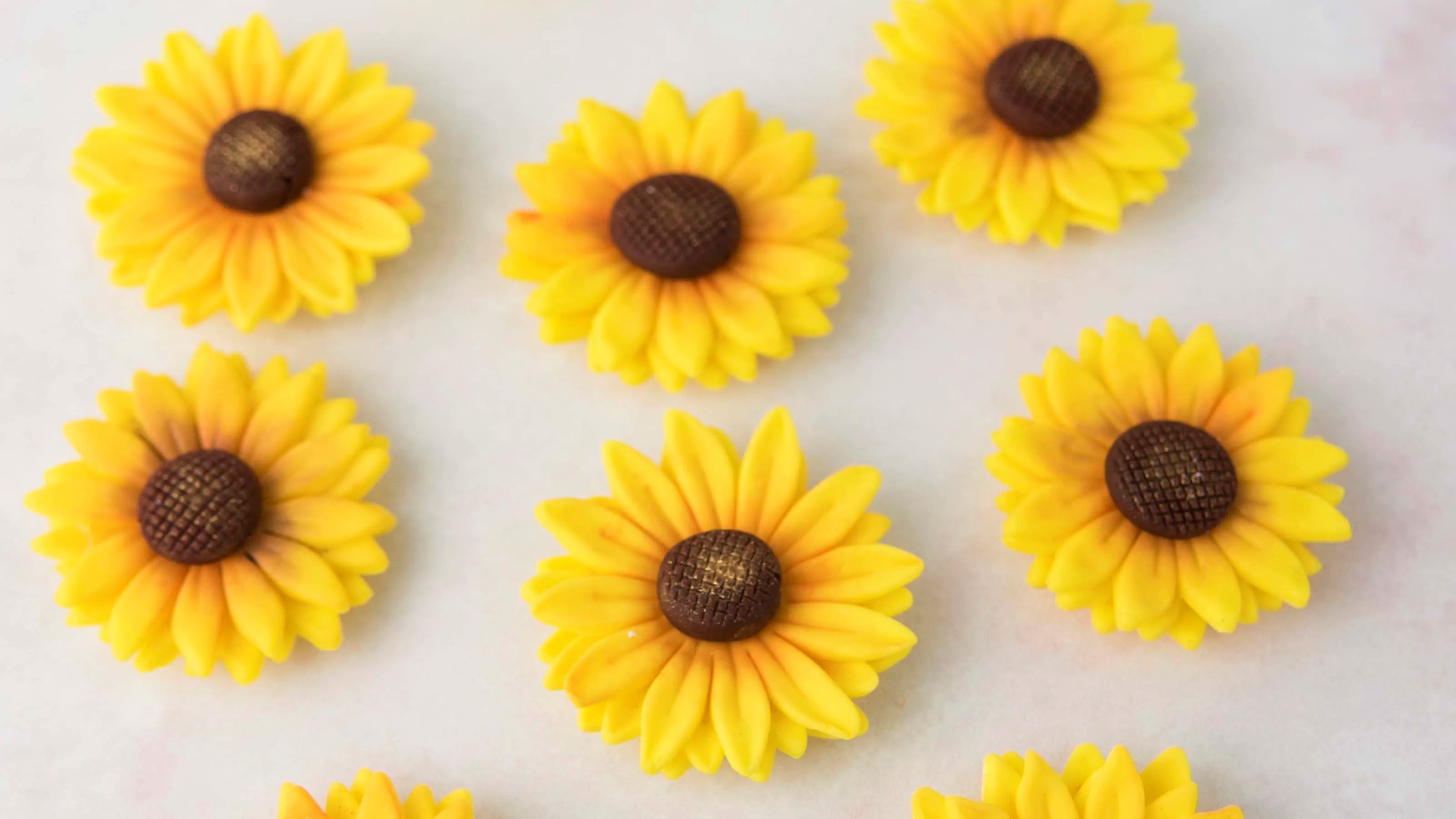
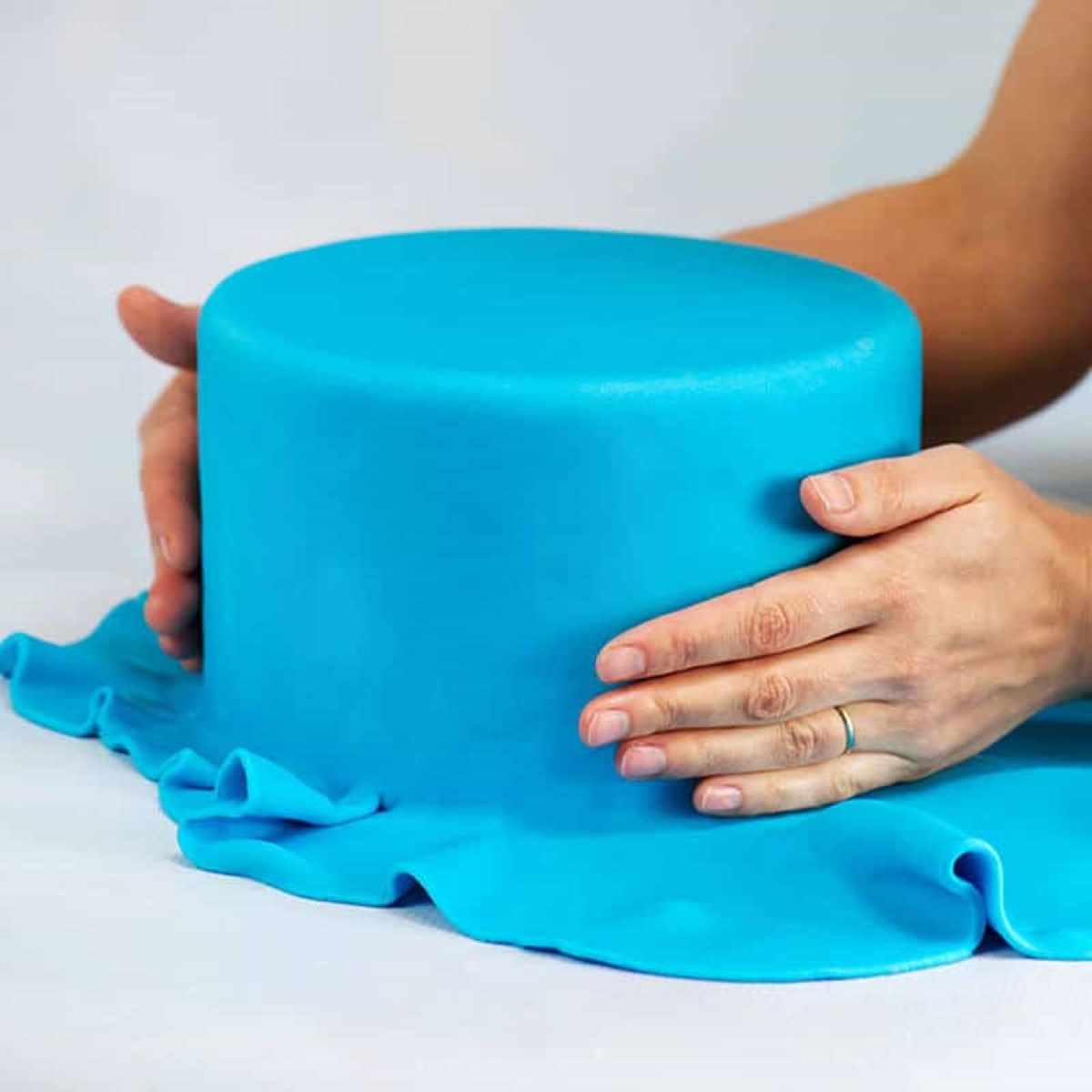
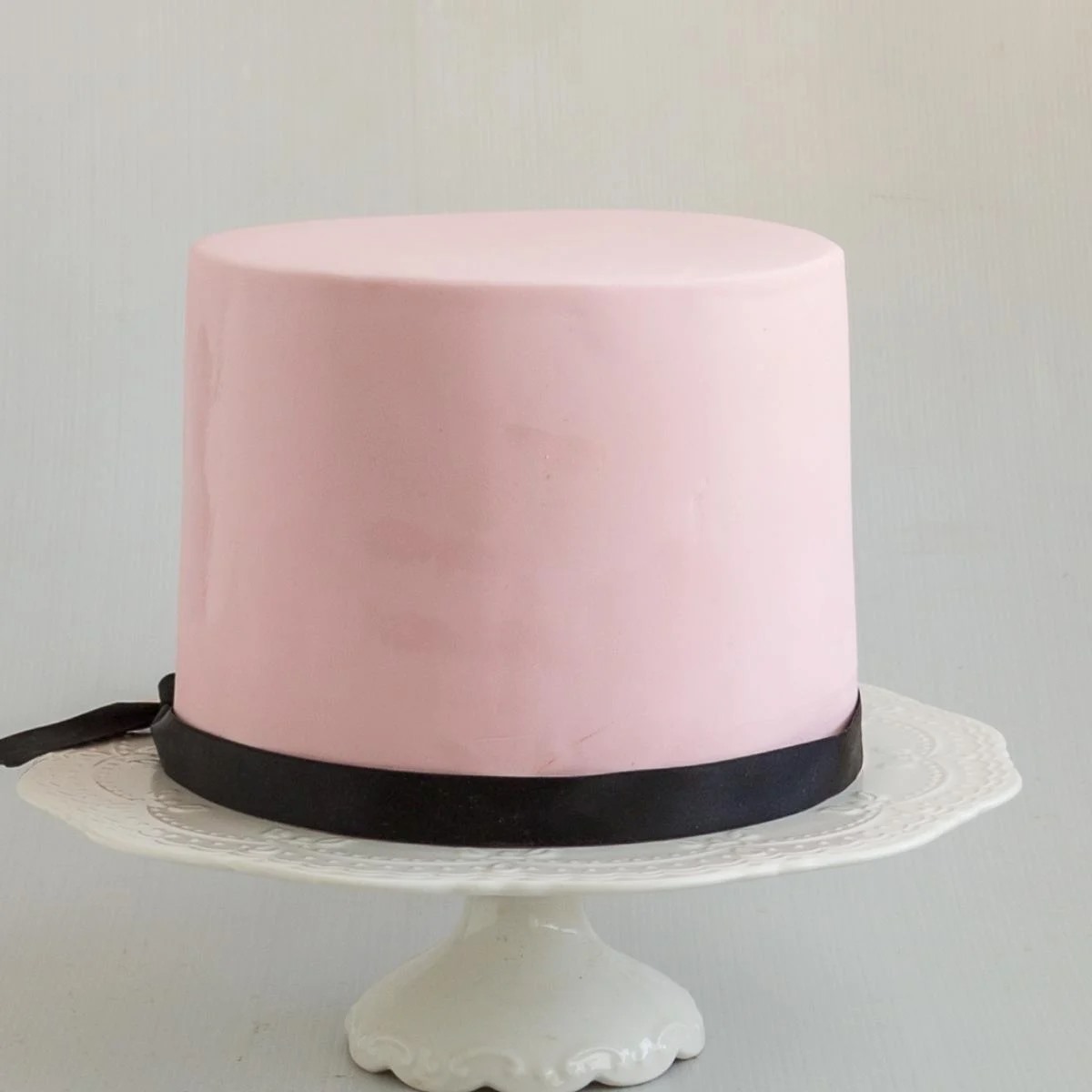
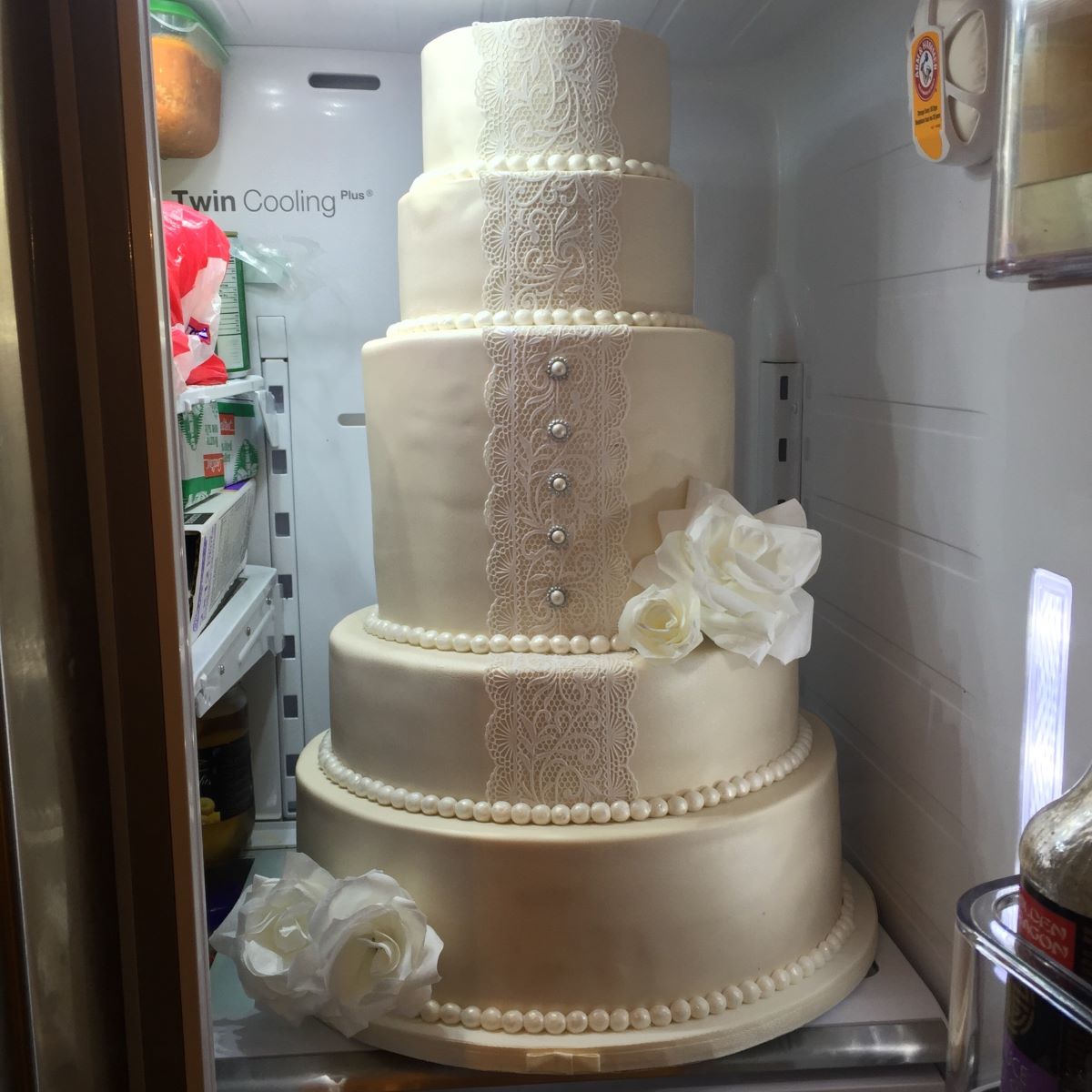
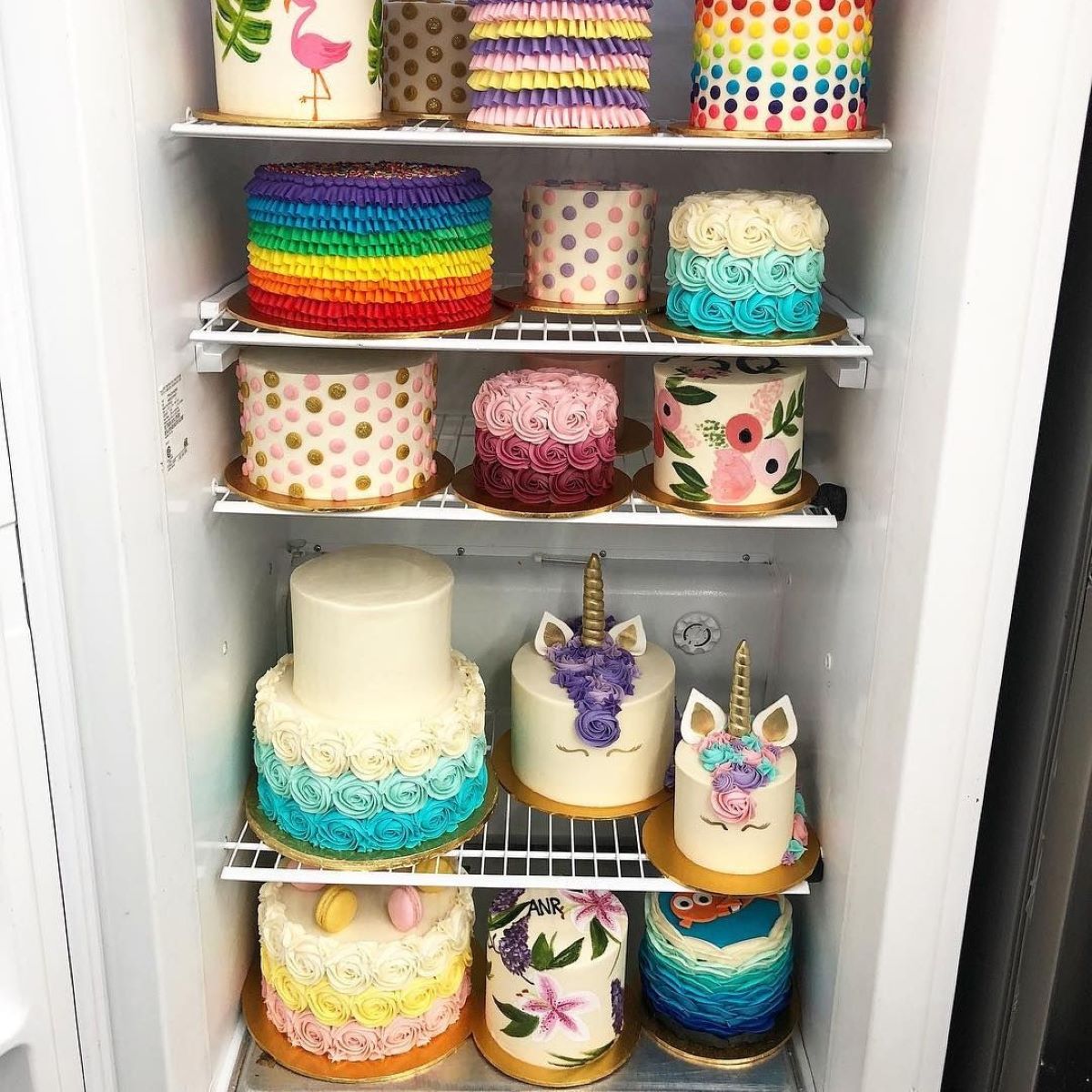
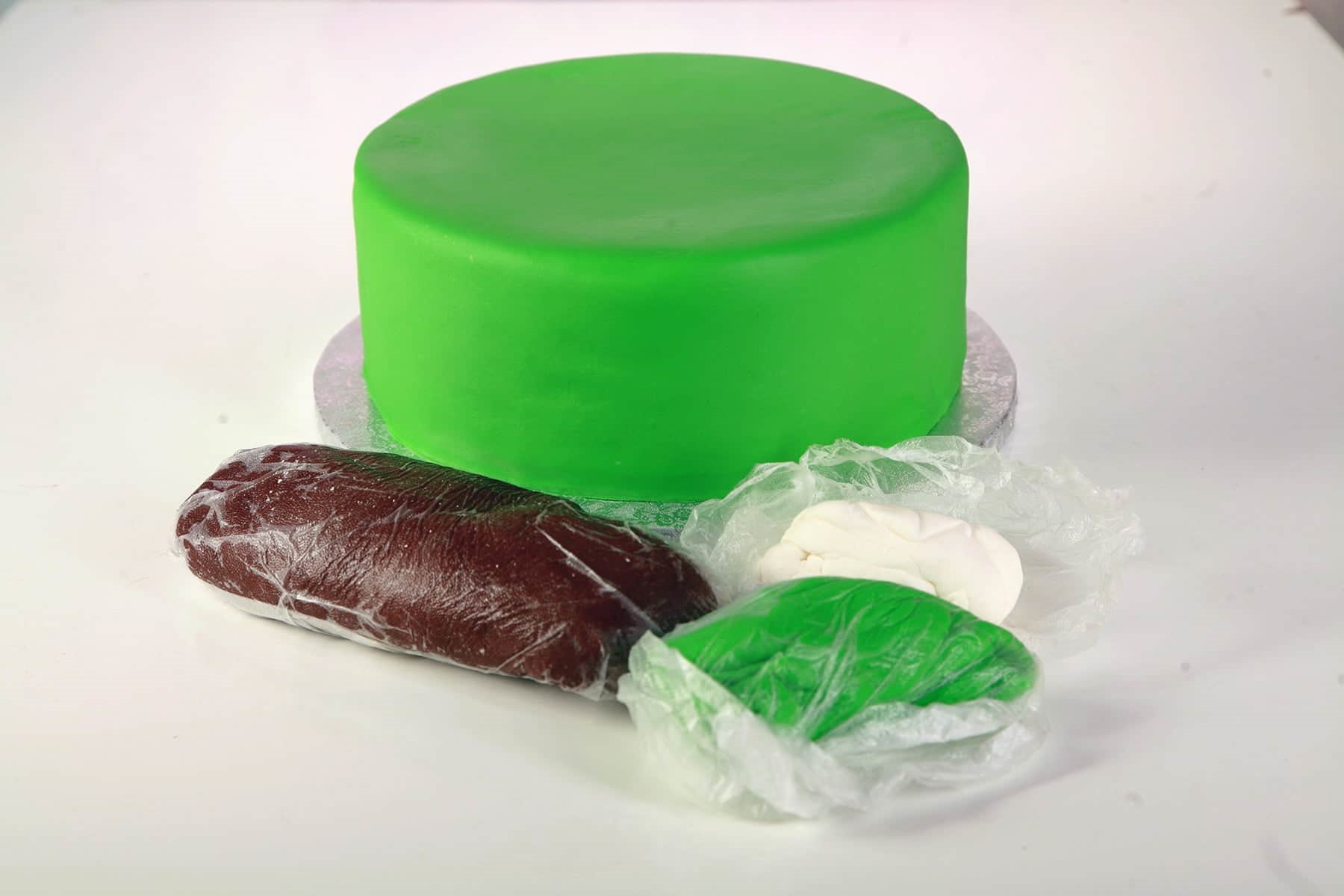

0 thoughts on “How To Store Fondant”